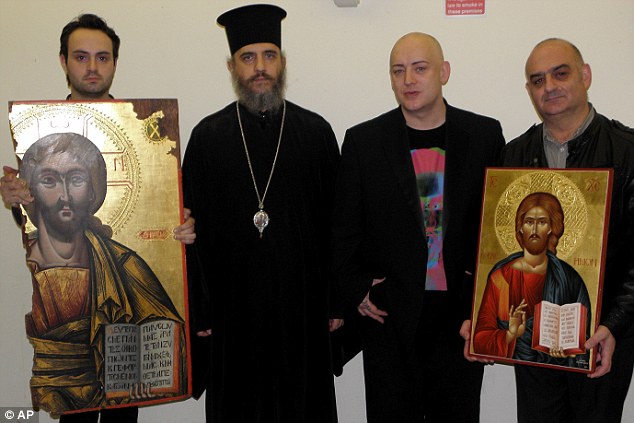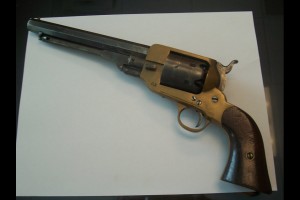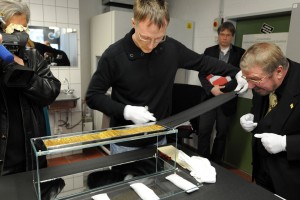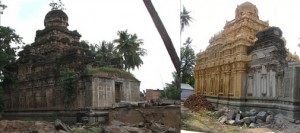![]() In 1985, at the peak of Culture Club’s fame, singer Boy George bought a gold-leafed Greek Orthodox icon of Jesus Christ Pantokrator. It hung in his home for almost 26 years. Then one fateful day a camera crew from a Dutch TV show filmed him puttering about in his north London mansion and Bishop Porfyrios, the Cyprus Orthodox Church’s representative to the EU in Brussels, just happened to be watching. In the background, hanging against the wall of a room that serves as George’s closet, he caught a glimpse of the icon.
In 1985, at the peak of Culture Club’s fame, singer Boy George bought a gold-leafed Greek Orthodox icon of Jesus Christ Pantokrator. It hung in his home for almost 26 years. Then one fateful day a camera crew from a Dutch TV show filmed him puttering about in his north London mansion and Bishop Porfyrios, the Cyprus Orthodox Church’s representative to the EU in Brussels, just happened to be watching. In the background, hanging against the wall of a room that serves as George’s closet, he caught a glimpse of the icon.
The Bishop investigated further and found that it was indeed Cypriot in origin, that an icon of Jesus Christ Pantokrator just like that one had been looted from the Church of St. Charalambous in Neo Chorio, near Kithrea in northern Cyprus, in the chaos of the Turkish invasion in 1974. Many Cypriot artifacts were stolen then (and continue to be stolen now, for that matter), winding up in antiques shops all over Europe where dealers ask no questions but probably tell a lot of lies to whales like Boy George.
Bishop Porfyrios confirmed with the priest at St. Charalambous that the icon was indeed the 300-year-old Christ Pantokrator that had been stolen from the church 36 years before, then contacted Boy George to tell him about the piece’s true history. Boy George promptly offered to return it and on Wednesday he did so, officially handing the icon to the Bishop at the Cypriot church of Saint Anagyre, near his house.
Boy George – real name George O’Dowd – said he was “happy the icon is going back to its original rightful home”.
“I have always been a friend of Cyprus and have looked after the icon for 26 years,” he added.
“I look forward to seeing the icon on display in Cyprus for the moment and finally to the Church of St Charalambos from where it was illegally stolen.”
To thank him for his decentness, the committee of Saint Anagyre will invite Boy George and his family to be the guest of honor at the church’s name day celebration on July 1st. Composer and friend John Themis will also be invited, as he helped impress upon the singer the cultural importance of the icon to the Church of Cyprus.




